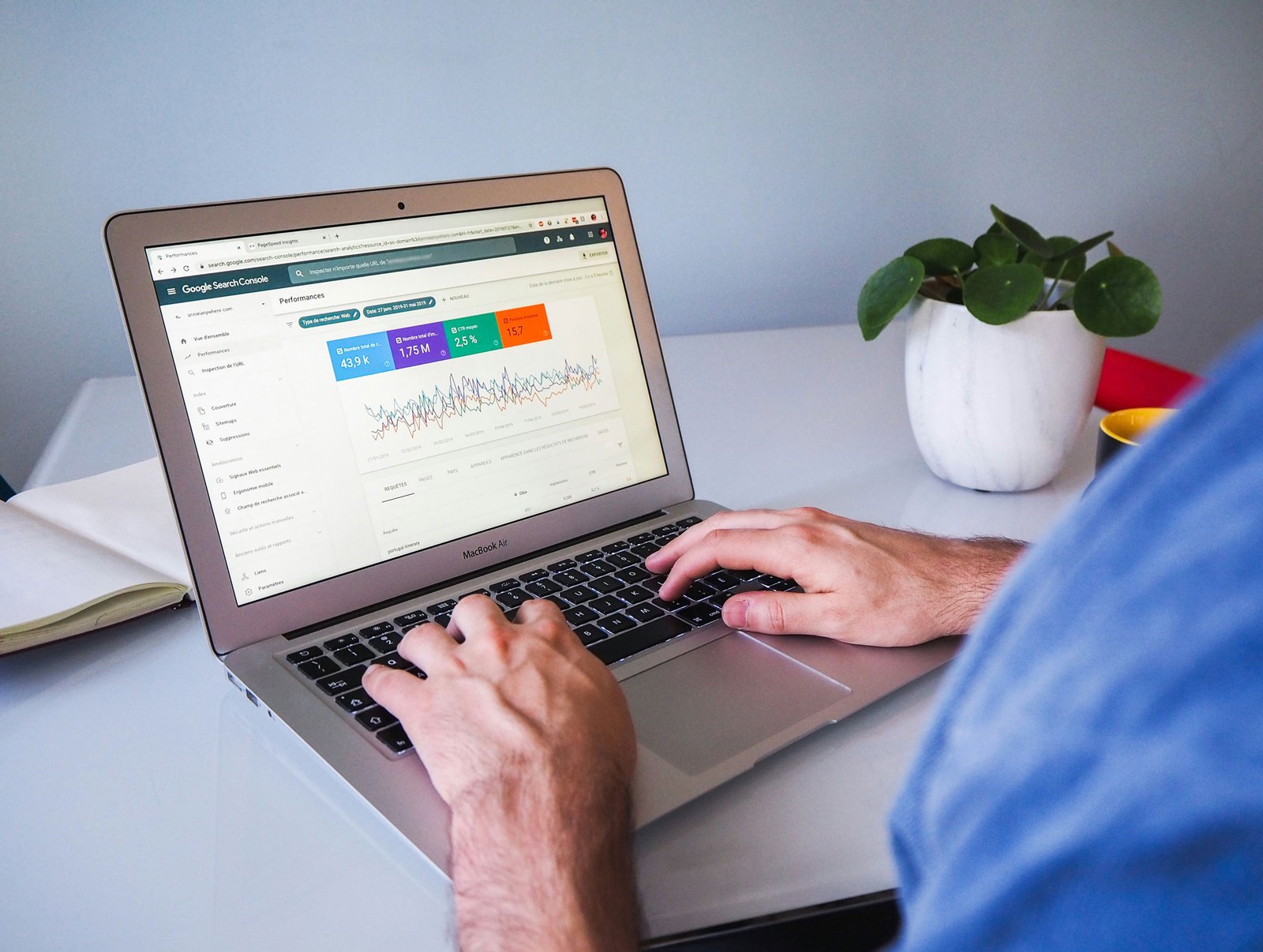
Inside Out 2 revisits Riley as she moves deeper into adolescence stage where emotions intensify and social life expands. The viral shorthand “glued to phone” captures a real concern many families recognize: how constant connectivity shapes mood, attention, and relationships.
While Pixar’s story is fictional, the questions it raises are urgent and evidence-based. Nearly all U.S. teens now have access to a smartphone, according to the Pew Research Center. Policymakers, pediatric experts, and mental-health leaders are studying how digital habits interact with sleep, physical activity, learning, and well-being.
This article unpacks the film’s theme using authoritative research from organizations such as Pew, the U.S. Centers for Disease Control and Prevention (CDC), the World Health Organization (WHO), UNICEF, UNESCO, the American Psychological Association (APA), and the U.S. Surgeon General. You’ll find practical context, clear takeaways for families, and links to primary sources only no blogs so you can explore the evidence directly.
The Evolution from Inside Out (2015) to Inside Out 2: Childhood to Adolescence
The original Inside Out framed childhood through core emotions Joy, Sadness, Anger, Fear, and Disgust while the sequel shifts toward adolescence, when emotion systems become more complex and social evaluation intensifies. Empirically, this is exactly when digital life tends to accelerate. Pew Research Center finds that 95% of U.S. teens report access to a smartphone and extensive access to other connected devices.
That ubiquity matters because the teen years already feature rapid neurological, social, and identity development; adding 24/7 connectivity changes the context in which emotions unfold. Global organizations are also reframing “digital childhood” as a structural reality rather than a fad.
UNICEF’s recent Childhood in a Digital World work emphasizes both opportunities (connection, learning) and risks (exposure to harm, mental-health stressors), urging data-informed, balanced approaches rather than one-size-fits-all rules.
OECD likewise calls for holistic, rights-based policies that improve children’s well-being online and offline. The sequel’s focus on phones and social feedback mirrors that policy trend: not anti-technology, but pro-well-being with attention to design, context, and skills.
What “Glued to Phone” Really Means Beyond the Meme
“Glued to phone” is a shorthand for heavy, often habitual device use that competes with sleep, movement, in-person time, and focused learning. Clinical bodies avoid the meme and instead examine dose, content, and context.
The U.S. Surgeon General’s Advisory reviews evidence linking certain social-media exposures with risks to sleep and mental health, while also noting potential benefits such as connection and identity exploration when use is structured and supported.
The APA similarly advises that adolescent social-media use should not interfere with key health behaviors (sleep and physical activity) and that younger adolescents need adult-supported scaffolding, training, and monitoring.
In parallel, WHO guidance on sedentary behavior highlights the relationship between recreational screen time and poorer health outcomes when it displaces movement and sleep, two pillars of adolescent well-being. “Glued” is not about demonizing technology; it is about recognizing trade-offs and designing healthier patterns so that screens complement, not crowd out, the foundations of health.
New Emotions, New Triggers: How Phones Can Amplify Anxiety, Envy, and More
Adolescence brings new emotional textures like anxiety and envy that can be intensified by digital features such as infinite scroll, public metrics (likes, views), and algorithmic comparison. Research syntheses by UNICEF and OECD emphasize that impacts are heterogeneous: risks rise with high exposure to harmful content, negative interactions, and lost sleep; opportunities grow with positive communities, skill-building, and creative expression.
In practice, that means the same device can either soothe or stress depending on timing, content, and support. For example, late-night doomscrolling can displace sleep, while a supportive team chat can strengthen belonging. Policy analysis by UNESCO shows many education systems now restrict smartphones during school time to reduce distraction and protect learning, reflecting a pragmatic, context-specific approach rather than blanket condemnation.
The film’s “glued to phone” theme maps onto this nuance: it’s not the phone alone, but how it interacts with tender adolescent emotions and the surrounding environment home, school, and peers.
The Cultural Relevance: What Data Say About Teens, Phones, and Mental Health
Concern about youth mental health pre-dates today’s platforms and was intensified by the pandemic. The CDC’s Youth Risk Behavior Survey (YRBS) reports that many high-school students experienced persistent feelings of sadness or hopelessness in recent years, with disparities by gender and sexual orientation.
While mental health is influenced by many drivers (family stress, school climate, violence, economic insecurity), digital life is now a key part of the environment. Pew’s teen device access data clarifies how universal that environment has become.
Globally, UNICEF underscores that digital technology can widen inequities (e.g., those without safe access missing opportunities), so solutions must consider both risk reduction and access to supportive resources.
The policy takeaway: society should address upstream determinants (sleep, safety, connected relationships, access to help) while improving the digital spaces teens inhabit. That is the cultural backdrop that makes Inside Out 2 feel timely: it reflects a world where phones are normal, but norms for healthy use are still catching up.
Pixar’s Creative Lens on a Modern Public-Health Question
Pixar often distills complex topics grief, purpose, and parenting, into accessible stories. With Inside Out 2, the studio dramatizes how external stimuli (notifications, social comparison) can tug adolescent emotions. The public-health framing shows up in research terms as sleep sufficiency, physical activity, and supportive relationships.
WHO recommends minimizing sedentary recreational screen time and protecting movement, fitness, and cardiometabolic health; the APA calls for developmentally aligned guidance, including family rules that preserve sleep and offline activities.
OECD adds a systems perspective, arguing that digital well-being is best advanced when governments, platforms, schools, and families share responsibility. By turning those abstractions into character-driven moments, the film invites families to notice patterns (e.g., “scroll before bed makes mornings harder”) and test small, evidence-aligned adjustments.
The creative value is not prescribing a single rule, but sparking conversations that align with what pediatric and policy experts already recommend: prioritize sleep, movement, learning, and connection, then fit screens around those, not the other way around.
How Audiences Are Responding and What Policies Are Doing
Public response to “glued to phone” often splits between “ban it” and “it’s fine,” but the research base supports a balanced middle. UNESCO’s monitoring shows a rising number of education systems with policies limiting smartphone use during school time to support attention and learning, while still allowing educational or accessibility exceptions.
Meanwhile, child-rights organizations like UNICEF focus on practical protections, reducing exposure to harmful content, strengthening digital skills, and ensuring access to counseling and support services when distress arises.
The U.S. Surgeon General frames social-media environments as modifiable: product design, privacy defaults, and safety guardrails can reduce risks without eliminating benefits.
For families, that means audience “reactions” can be more productive when they translate to specific, measurable practices (for example, devices out of bedrooms overnight) rather than all-or-nothing debates. The cultural conversation is maturing: from panic or denial toward policies and habits that acknowledge both benefits and real risks.
Lessons for Families: Turning the Film’s Insight into Action
The strongest family strategies align with health fundamentals and skills-building. Evidence-informed steps include:
- Protect sleep: Keep phones out of bedrooms at night. Both the APA and Surgeon General emphasize that social media should not disrupt sleep, a cornerstone of adolescent brain development.
- Preserve movement and offline time: WHO links excess sedentary screen time to poorer fitness and health; schedule device-free blocks for sports, walks, or family meals.
- Co-create a media plan: Agree on when, where, and what is okay. The APA advisory encourages adult scaffolding, especially for younger adolescents.
- Focus on content and context, not just minutes: Use follows and privacy settings to tilt feeds toward constructive communities; encourage teens to notice how different content makes them feel (energized vs. drained).
- Know when to escalate: If you see persistent mood changes, sleep disruption, or self-harm talk, seek professional help. School counselors and pediatric providers can connect you to evidence-based support.
These steps mirror what leading institutions recommend: protect core health behaviors, build digital skills, and shape environments home and platform to be safer by default.
Reference Table: What Authoritative Bodies Recommend
| Institution | Focus | Key Guidance for Families & Schools | Source |
| U.S. Surgeon General | Youth mental health & social media | Treat platforms as modifiable environments; reduce exposure to harmful content; protect sleep; strengthen privacy and safety by design. | Social Media and Youth Mental Health Advisory (HHS) |
| American Psychological Association (APA) | Adolescent development & social media | Ensure use does not interfere with sleep or physical activity; provide adult scaffolding; train youth in social-media literacy and emotion regulation. | Health Advisory on Social Media Use in Adolescence |
| World Health Organization (WHO) | Physical activity & sedentary behavior | Limit recreational screen time that displaces movement/sleep; higher sedentary time is linked with poorer fitness and cardiometabolic outcomes. | WHO Guidelines & evidence synthesis (NCBI Bookshelf) |
| UNESCO | Education policy | Many systems now limit smartphones during school to support learning; emphasize media and information literacy. | UNESCO analysis on school smartphone policies |
| UNICEF | Child rights & digital environment | Balance risks and opportunities; strengthen supports (skills, counseling, protection from harmful content); address inequities in access and safety. | Childhood in a Digital World (2025) |
| Pew Research Center | Prevalence & usage | 95% of U.S. teens report smartphone access; teens are highly connected across devices. | Teen device access data (2025 fact sheet) |
| CDC (YRBS) | Adolescent health trends | Persistent sadness/hopelessness and other risks underscore need for multi-layer supports; digital use is one part of the environment. | YRBS Results & Trends |
Conclusion: From “Glued” to Grounded
Inside Out 2 resonates because it captures a truth the data also show: adolescence is a high-emotion period now intertwined with powerful digital experiences. The goal is not to vilify phones but to design environments and habits that protect sleep, movement, learning, and relationships—while still allowing creativity, connection, and fun.
Authoritative guidance points to the same playbook: keep devices from crowding out core health behaviors, co-create family norms, strengthen media and information literacy, and press for product and policy changes that make safer choices the default.
If families use the film as a starting point and pair it with evidence from the Surgeon General, APA, WHO, UNICEF, UNESCO, OECD, Pew, and the CDC “glued to phone” can shift to “in control of my tools,” which is exactly the kind of emotional growth Inside Out celebrates.





